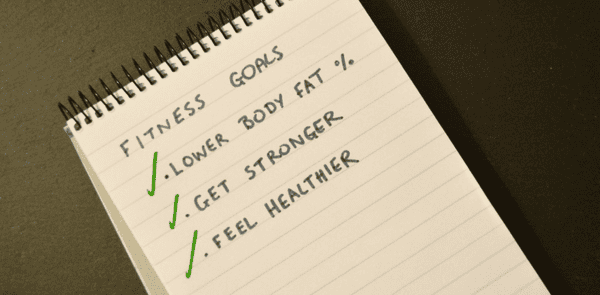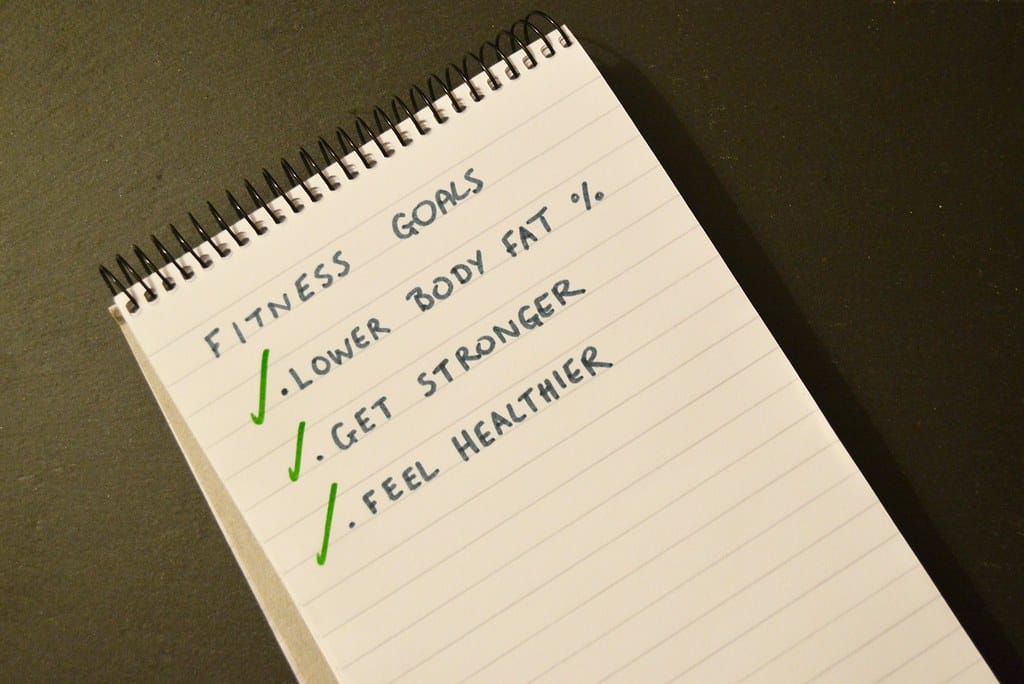Are you tired of the endless cycle of crash diets and short-lived fitness fads? What if I told you that improving your fitness doesn’t have to involve drastic measures? Well, here’s a secret. It’s the small, sustainable lifestyle changes that can make a remarkable difference.
In this blog, we’ll explore the power of these small adjustments and how they can transform you. Ready to unleash your full potential for a healthier, fitter you?
1. Set Fitness Goals
Setting goals is a crucial step in any fitness journey, but they should be realistic and specific. By doing so, you set yourself up for success and create a clear roadmap to follow.
The importance of realistic and specific goals
Clear goals provide focus and direction. This helps you stay motivated and committed to your fitness journey. By setting up your goal with these in mind, you’ll have a better sense of purpose.
Moreover, you can measure your progress accurately. It enables you to break down your objective into smaller, manageable milestones. As a result, this gives you a sense of accomplishment as you reach each one.
Tips for setting achievable goals
- Be specific. Define your goals clearly. For example, instead of saying, “I want to get fit,” specify the aspect you want to improve. It could be running a 5K race or increasing your strength.
- Make them realistic. Consider your current fitness level, lifestyle, and time constraints when setting goals. Set targets that challenge you but are attainable within your circumstances.
- Set a timeline. Assign a realistic timeframe to your goals. This helps create a sense of urgency and keeps you accountable. Break down long-term goals into smaller short-term objectives for better clarity.
2. Prioritise Physical Activity
Let’s explore some small changes you can incorporate into your physical activity!
1. Active commuting
Instead of driving short distances, consider walking or biking whenever possible. This not only adds physical activity to your day but also reduces carbon emissions.
2. Take the stairs
Ditch the elevator or escalator and opt for the stairs. Climbing stairs is a simple yet effective way to engage your leg muscles. This small habit also helps increase your heart rate and burn calories.
3. Schedule workout sessions
Schedule specific workout sessions in your daily or weekly calendar. Set aside dedicated time for activities such as brisk walking and jogging. Then another for yoga or strength training – something like that.
4. Active breaks
Incorporate short bursts of physical activity into your sedentary routine. Take brief breaks to stretch or do a few jumping jacks to keep your body active throughout the day.
5. Find activities you enjoy
Engage in activities that you genuinely enjoy. It could be dancing, hiking, swimming, or playing a sport. When you find pleasure in physical activity, it becomes easier to make it a regular part of your routine.
By seizing opportunities to move, you’ll gradually build a habit of regular exercise.
3. Healthy Eating Habits
 (Image Credit: Wallpaper Flare)
(Image Credit: Wallpaper Flare)
Nutrition also plays an equally important role alongside physical activity. By making small changes in your diet, you can optimise your nutrition to support your goals.
1. More fruits and vegetables
Fruits and vegetables are rich in vitamins, minerals, and fibre. Aim to include a variety of colourful fruits and vegetables in your meals and snacks. Add berries to your breakfast. Include leafy greens in your salads, or enjoy vegetable-packed stir-fries.
2. Drink enough water
Staying hydrated is vital for overall health and fitness. Make a habit of carrying a water bottle with you, and aim to drink water throughout the day.
3. Reduce processed food consumption
Processed foods are often high in added sugars, unhealthy fats, and sodium. Not only that, but they also lack essential nutrients. Gradually reduce your intake of processed snacks, sugary beverages, and pre-packaged meals. Instead, opt for whole foods like lean proteins, whole grains, and fresh produce.
4. Practice portion control
Be mindful of your portion sizes to avoid overeating. Use smaller plates and bowls, and listen to your body’s hunger and fullness cues. Aim to eat balanced meals to meet your nutritional needs. Ideally, with appropriate portions of proteins, whole grains, and vegetables.
4. Quality Sleep
Improving sleep quality is great for optimal physical performance. Here are some tips:
1. Establish a consistent sleep schedule
Set a regular sleep schedule by going to bed and waking up at the same time every day, even on weekends. Consistency helps regulate your body’s internal clock, promoting better sleep quality.
2. Limit exposure to electronic devices
The blue light emitted by electronic devices can interfere with sleep quality. Minimise exposure to screens in the evening at least an hour before bed. Consider using blue light filters or night mode settings on devices.
3. Avoid stimulants and heavy meals before bed
Limit caffeine intake in the late afternoon or evening, as it can interfere with sleep. Additionally, avoid heavy meals close to bedtime, as digestion can disrupt sleep quality.
Remember, sleep is a vital component of your fitness journey.
Small Lifestyle Changes and Goal Alignment Tips
Small lifestyle changes play a vital role in aligning with your fitness goals. They act as building blocks, creating a sustainable foundation for long-term success. Here’s how they support your journey:
1. Consistency
Small changes are easier to incorporate into your daily routine. This also makes you more likely to stick to them over time. Consistency is key to achieving lasting results.
2. Habit formation
By making gradual adjustments, you allow new habits to form naturally. These habits become ingrained in your lifestyle. Over time, this can contribute to lasting change and improved fitness.
3. Cumulative impact
Small changes may seem insignificant on their own, but their cumulative impact can be big. Each modification contributes to your overall progress. This can lead to tangible improvements in your fitness levels.
The journey to improved fitness is a marathon, not a sprint. Set realistic and specific goals. Embrace small lifestyle changes, and you can create a solid foundation for sustainable progress.
Round-up
Improving your fitness doesn’t always require drastic measures. Small lifestyle changes can have a significant impact on your journey. By combining these into your daily routine, you can pave the way for a healthier, fitter future.



 (
( (
( (
(